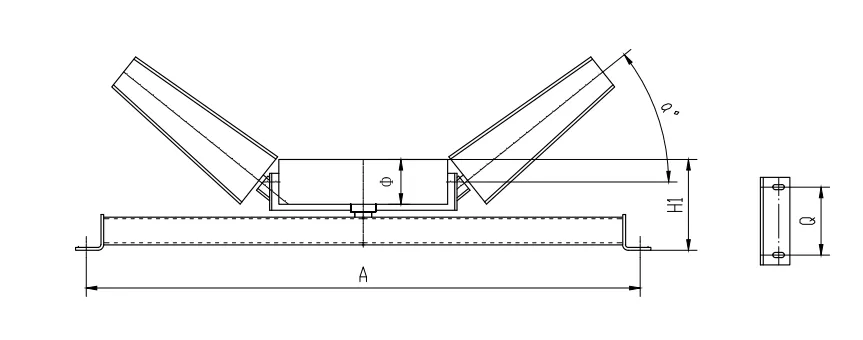 Afrikaans
Afrikaans  Albanian
Albanian  Amharic
Amharic  Arabic
Arabic  Armenian
Armenian  Azerbaijani
Azerbaijani  Basque
Basque  Belarusian
Belarusian  Bengali
Bengali  Bosnian
Bosnian  Bulgarian
Bulgarian  Catalan
Catalan  Cebuano
Cebuano  Corsican
Corsican  Croatian
Croatian  Czech
Czech  Danish
Danish  Dutch
Dutch  English
English  Esperanto
Esperanto  Estonian
Estonian  Finnish
Finnish  French
French  Frisian
Frisian  Galician
Galician  Georgian
Georgian  German
German  Greek
Greek  Gujarati
Gujarati  Haitian Creole
Haitian Creole  hausa
hausa  hawaiian
hawaiian  Hebrew
Hebrew  Hindi
Hindi  Miao
Miao  Hungarian
Hungarian  Icelandic
Icelandic  igbo
igbo  Indonesian
Indonesian  irish
irish  Italian
Italian  Japanese
Japanese  Javanese
Javanese  Kannada
Kannada  kazakh
kazakh  Khmer
Khmer  Rwandese
Rwandese  Korean
Korean  Kurdish
Kurdish  Kyrgyz
Kyrgyz  Lao
Lao  Latin
Latin  Latvian
Latvian  Lithuanian
Lithuanian  Luxembourgish
Luxembourgish  Macedonian
Macedonian  Malgashi
Malgashi  Malay
Malay  Malayalam
Malayalam  Maltese
Maltese  Maori
Maori  Marathi
Marathi  Mongolian
Mongolian  Myanmar
Myanmar  Nepali
Nepali  Norwegian
Norwegian  Norwegian
Norwegian  Occitan
Occitan  Pashto
Pashto  Persian
Persian  Polish
Polish  Portuguese
Portuguese  Punjabi
Punjabi  Romanian
Romanian  Russian
Russian  Samoan
Samoan  Scottish Gaelic
Scottish Gaelic  Serbian
Serbian  Sesotho
Sesotho  Shona
Shona  Sindhi
Sindhi  Sinhala
Sinhala  Slovak
Slovak  Slovenian
Slovenian  Somali
Somali  Spanish
Spanish  Sundanese
Sundanese  Swahili
Swahili  Swedish
Swedish  Tagalog
Tagalog  Tajik
Tajik  Tamil
Tamil  Tatar
Tatar  Telugu
Telugu  Thai
Thai  Turkish
Turkish  Turkmen
Turkmen  Ukrainian
Ukrainian  Urdu
Urdu  Uighur
Uighur  Uzbek
Uzbek  Vietnamese
Vietnamese  Welsh
Welsh  Bantu
Bantu  Yiddish
Yiddish  Yoruba
Yoruba  Zulu
Zulu Different Varieties of Conveyor Belt Pulleys for Various Applications and Industries
Types of Conveyor Belt Pulleys
Conveyor belt systems play a crucial role in material handling across various industries, from mining to manufacturing. One of the essential components of these systems is the conveyor belt pulleys. Pulleys serve several functions, including driving the belt, changing its direction, and providing tension. Understanding the different types of conveyor belt pulleys is vital for optimizing performance and prolonging the conveyor system's lifespan.
1. Drive Pulleys
Drive pulleys, often referred to as head pulleys, are located at the discharge end of the conveyor. They are driven by a motor and are responsible for propelling the belt forward. Drive pulleys usually come with a lagging surface, which can be rubber or ceramic, to enhance friction and prevent slippage. The design and material of drive pulleys are crucial as they significantly affect the energy efficiency and overall performance of the conveyor system.
2. Return Pulleys
Return pulleys are situated at the other end of the conveyor belt, where the belt returns to the starting point after transporting materials. These pulleys support the empty section of the belt and help to maintain proper belt tension. While return pulleys typically do not require lagging, they must be robust enough to handle the belt's weight and any potential impacts from debris or returning material.
3. Tail Pulleys
types of conveyor belt pulleys

Tail pulleys are similar to return pulleys and are placed at the loading end of the conveyor. Their primary function is to provide tension to the belt and ensure its proper alignment. Tail pulleys may also be designed to accept loading from hoppers or transfer points, making them an integral part of the system.
4. Snub Pulleys
Snub pulleys, also known as deflection pulleys, are used to redirect the belt in a different direction and help maintain tension in the system. They are often employed in situations where the belt must navigate around structures or change angles. Proper placement of snub pulleys can reduce stress on the belt and other components, thus enhancing system efficiency.
5. Bend Pulleys
Bend pulleys serve to change the direction of the conveyor belt, allowing for necessary turns in the system. They help smooth the transition of the belt as it navigates corners, minimizing the risk of excessive wear or damage. The design of bend pulleys can significantly affect the belt's sagging and alignment as it turns.
In summary, understanding the various types of conveyor belt pulleys—drive, return, tail, snub, and bend—is essential for the effective design and operation of conveyor systems. By selecting the appropriate pulleys and ensuring they are used correctly, businesses can optimize their material handling processes, enhance efficiency, and minimize downtime. Proper maintenance and regular inspections of these pulleys are also critical for ensuring long-term performance and reliability of the conveyor system.
-
Revolutionizing Conveyor Reliability with Advanced Rubber Lagging PulleysNewsJul.22,2025
-
Powering Precision and Durability with Expert Manufacturers of Conveyor ComponentsNewsJul.22,2025
-
Optimizing Conveyor Systems with Advanced Conveyor AccessoriesNewsJul.22,2025
-
Maximize Conveyor Efficiency with Quality Conveyor Idler PulleysNewsJul.22,2025
-
Future-Proof Your Conveyor System with High-Performance Polyurethane RollerNewsJul.22,2025
-
Driving Efficiency Forward with Quality Idlers and RollersNewsJul.22,2025





























